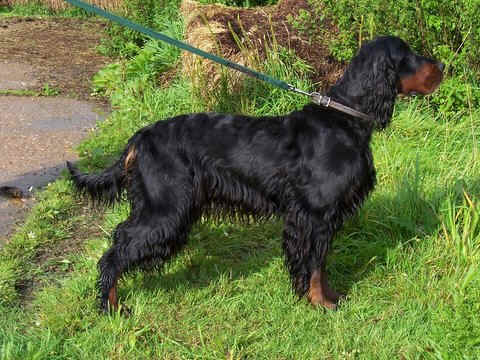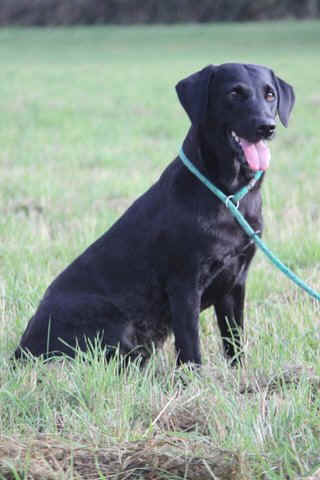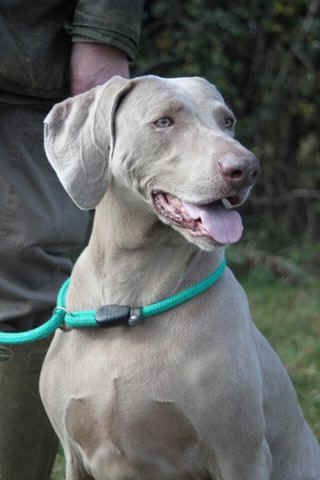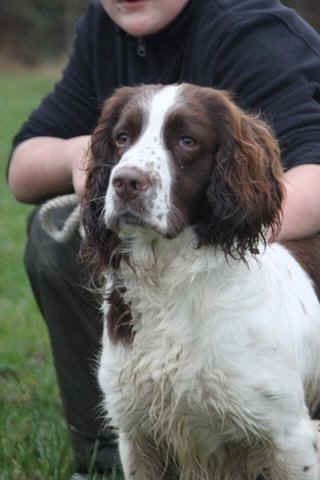Gundog Breeds
|
Gundog Breeds The Gundogs are divided into five sub-groups, based on their original purpose. The conformation of these dogs reflects their working style, for example the spaniels’ sturdy body is ideal for penetrating heavy cover, and the long-legged setters are built for speed and endurance. British breeds have been developed as specialists, but the continentals favour an ‘all-rounder’ and have produced the Hunt, Point and Retrieve subgroup which is now very popular in the UK. Links given are to the Kennel Club website, giving details of the standard to which the breed is judged and also providing contact details for breed club secretaries. |
||||||
 |
The Pointers and Setters. These, the ‘bird dogs’ are bred to work on wide open spaces such as heather moorland where game is sparse. They are designed work at the gallop, quartering into the wind and using their excellent air-scenting ability to locate game. On doing so they ‘freeze’ (sett or point) to indicate the position of the game. Gamebirds relay on their camouflage for safety, and remain still until the last moment when the handler slowly walks the dog in. The birds are flushed, and the dog is cast off again. Their main quarry is grouse, and other upland birds. These breeds include the Pointer (not to be confused with the continental pointers, which are HPR’s), and the English, Gordon, Irish and Irish Red and White Setters. |
|||||
| The Retrievers As their name indicates, their purpose is to retrieve game. They wait at their handler’s side until told to fetch the game, which may be on land or in water. These dogs are renowned for their friendly temperaments, which has made them very popular as family pets. Their working instinct is still very strong – if your labrador brings your slippers to you he is demonstrating skills passed on from his ancestors! This subgroup includes some of Britain’s most popular breeds – the Labrador, Golden, Curly-Coated, Flat-coated, and Chesapeake Bay Retrievers, and the little Nova Scotia Duck Toller. The Irish Water Spaniel competes in Field Trials as a Retriever |
 |
|||||
 |
The Hunt, Point, Retrieve Breeds These are continental in origin and have become increasingly popular in recent years, as the move is towards owners having fewer dogs and wanting all-round workers. They will work on a wide variety of terrain and mature quickly. A large proportion of today’s dual purpose gundogs come from the HPR sub-group, as their bloodlines have not diverged so much into working and show types. Most of them are short-coated, which appeals to those who want a companion that does not require lengthy grooming. Some of the most popular breeds in this large sub-group are the Weimaraner, Hungarian Viszla, Brittany, and the German Short-Haired Pointer |
|||||
| The Spaniels These busy, friendly dogs were bred to flush game, searching through the undergrowth for pheasants and other game. Their thick coat and feathering gives protection from the undergrowth. They are good retrievers and will also work in water. Spaniels are very popular as companions, the show lines of some breeds needing particular attention to their coat in order to avoid matting. Spaniel breeds include the American Cocker, the [English] Cocker, the English Springer, Clumber, Field, the Sussex and the Welsh Springer. |
 |
|||||